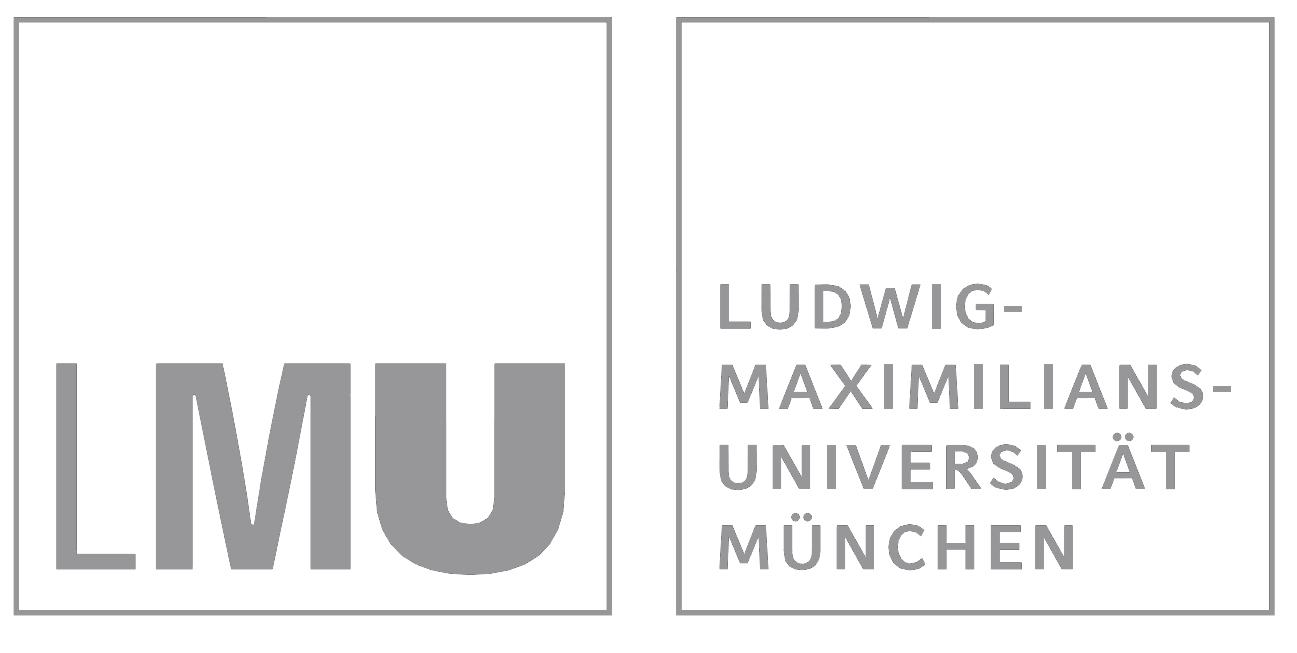Jean-François Millet from an Historical-Ecological Perspective: Imagination and Representation of Environment as Strategies of De-Alienation
Veröffentlichungsdatum: 25 Sep 2025 12:01
Zitierbare Links:
URN: urn:nbn:de:bvb:355-kuge-636-1
Download:
| PDF Download (4MB) Sprache: Deutsch |
Durchschnittliche Beurteilung
Ihre Beurteilung
Kurzfassung
This article explores an art-historically ecological perspective on Jean-François Millet, focusing on the profane genre after his relocation to Barbizon in 1848. It discusses the thesis, that Millet's depiction of environment and the human within it reflect a conception of naturalness shaped by broader senses of alienation and desires for de-alienation. It seems striking, that Millet aims to construct a 'naturally timeless' alternative world juxtaposed against modern urban-industrial experiences as a strategy for de-alienation. Within this construct of an ostensibly primordial human-environment relationship, notions of a purportedly lost, 'original' humanity are projected onto rural life intertwined with a perceived authentic idea of nature.
Lizenz
Jedermann darf dieses Werk unter den Bedingungen der Creative Commons Namensnennung 3.0 DE Lizenz benutzen.





Rezensionen
Kommentare
Es liegen noch keine Kommentare vor.Möchten Sie Stellung zu diesem Artikel nehmen oder haben Sie Ergänzungen?